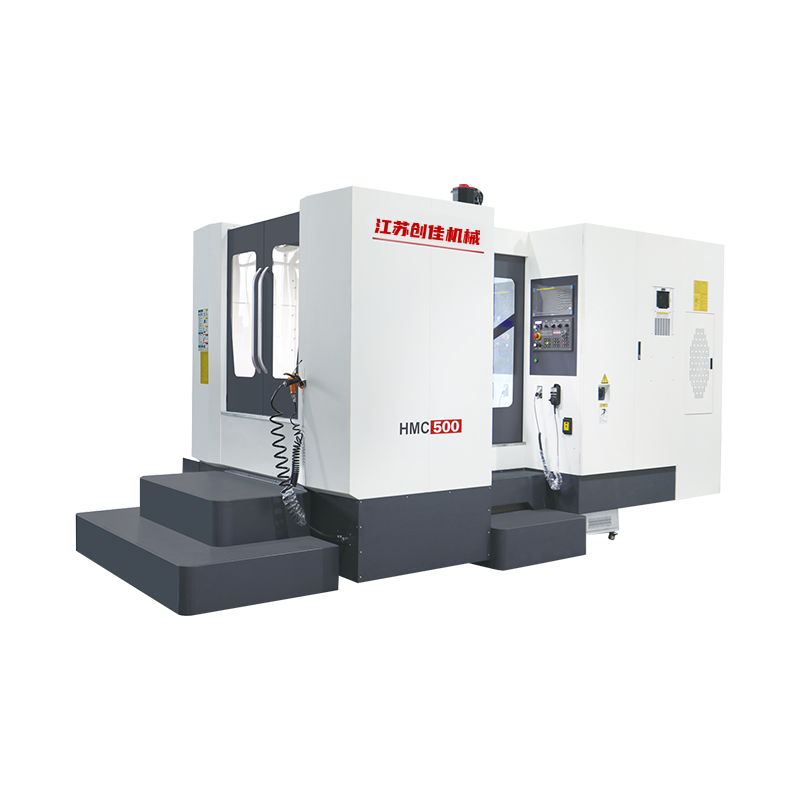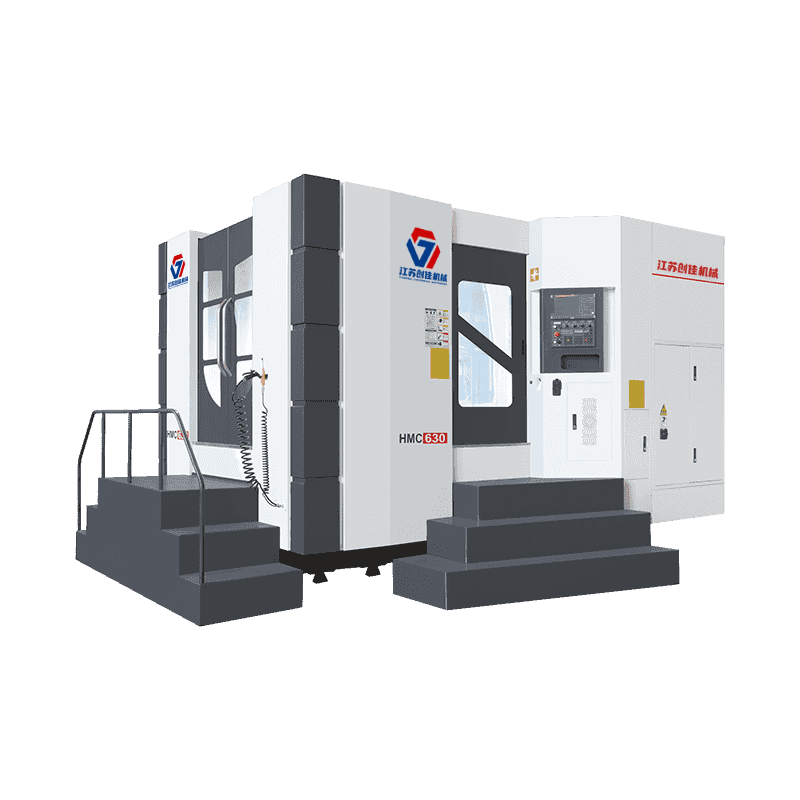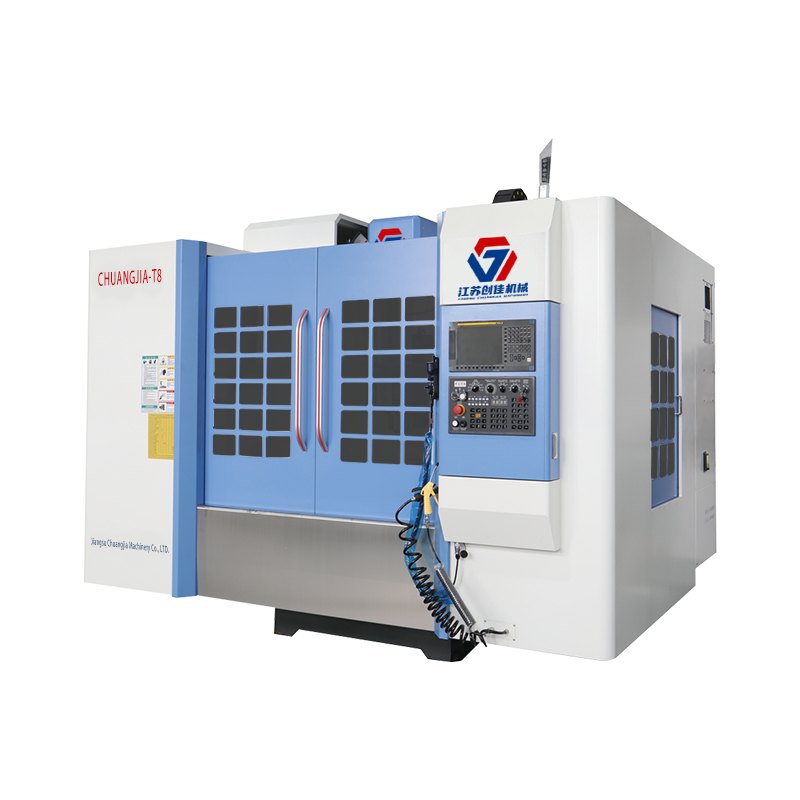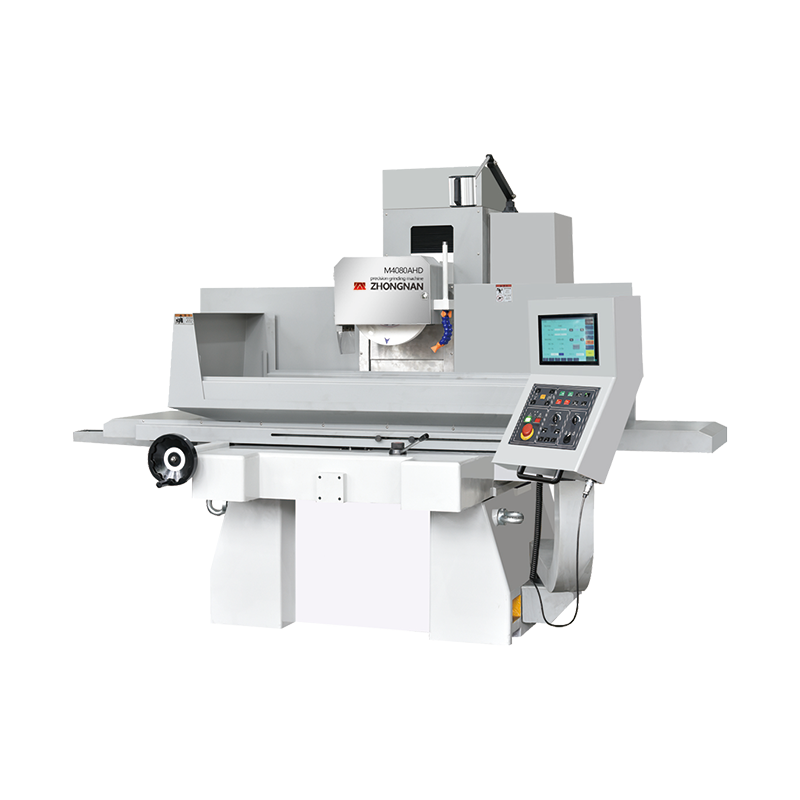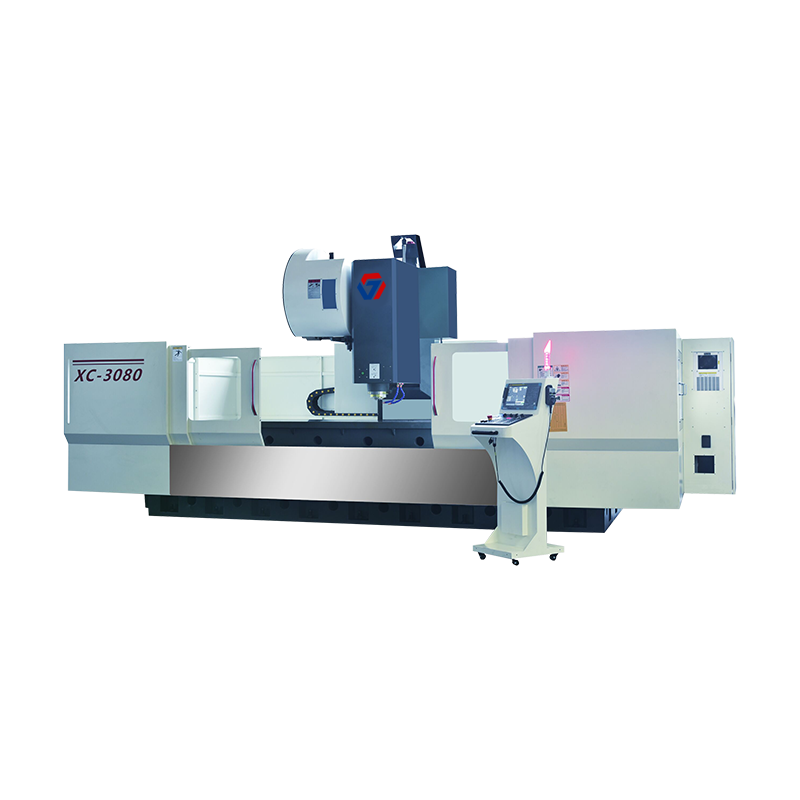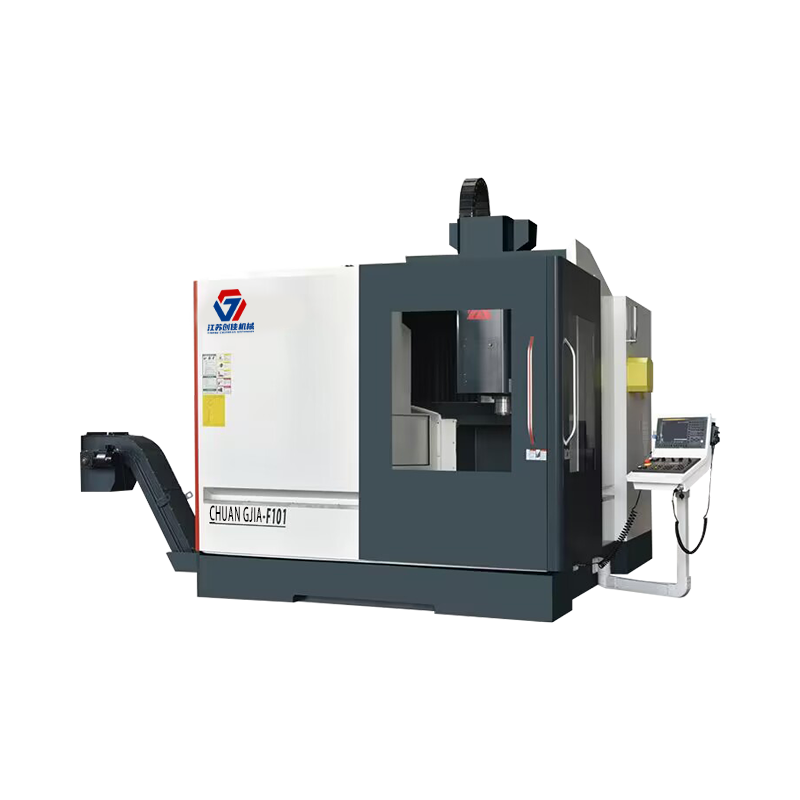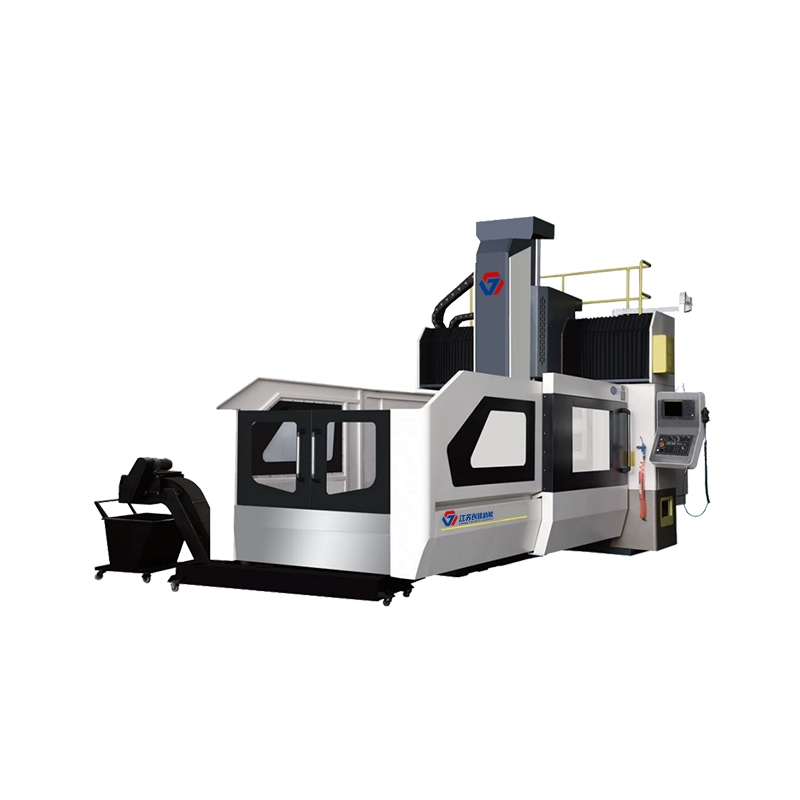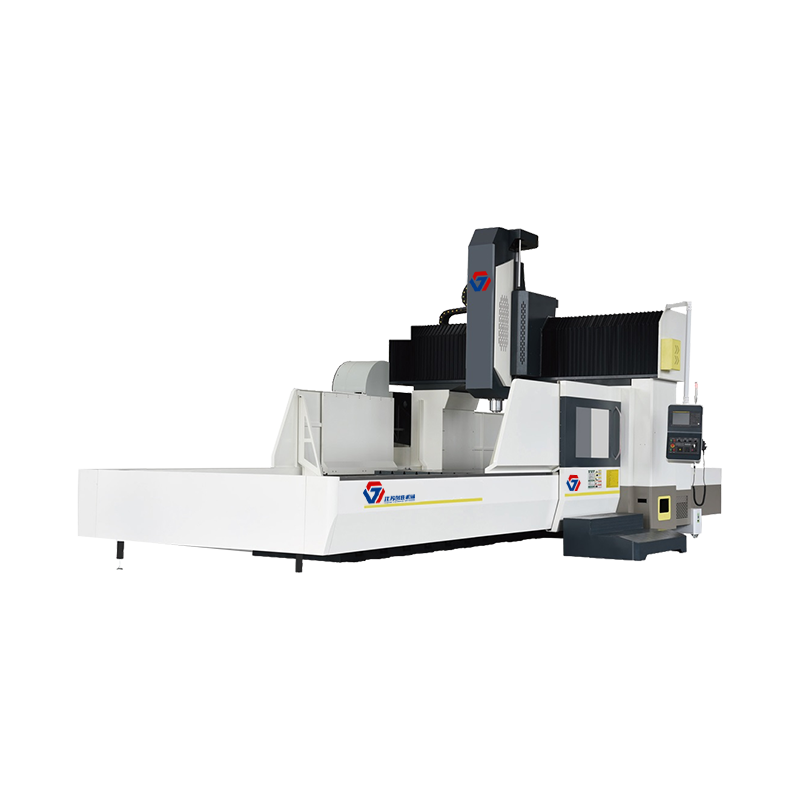The foundational aspect of handling large and heavy workpieces on a Horizontal Machining Center is its exceptionally rigid and stable machine frame. Typically constructed from high-quality cast iron or Meehanite, the base and column are designed to resist bending and twisting forces generated during heavy cutting. This robust construction provides superior vibration damping characteristics, which significantly reduces chatter and oscillations that could degrade surface finish and dimensional accuracy. The frame is often reinforced with strategically placed ribs and gussets, and undergoes precision stress-relief treatments to ensure dimensional stability over the machine’s service life. This high level of rigidity enables the machine to sustain heavy cutting forces without compromising precision, even under demanding operational conditions.
Horizontal Machining Centers are equipped with worktables specifically engineered to support substantial part weights and large component footprints. These tables are made from hardened steel or high-strength cast iron and undergo precision grinding to ensure flatness and parallelism within microns. The surface typically features T-slots or custom fixturing points, allowing flexible and secure mounting of diverse workpieces. To facilitate smooth and precise movement of the table under heavy loads, high-load-capacity linear guideways or roller bearings are employed. These guides provide exceptional load distribution and minimize friction, ensuring that the table’s motion remains accurate and repeatable even when handling bulky or asymmetrically loaded parts. The large travel ranges of the X and Y axes also allow for machining multiple features without repositioning the workpiece, improving overall efficiency and accuracy.
The integration of modular pallet changers and specialized fixturing solutions is a critical design element in Horizontal Machining Centers aimed at accommodating heavy workpieces. Pallets serve as interchangeable platforms that securely hold parts during machining and facilitate rapid loading/unloading cycles. These pallets are machined with precision locating features such as dowel pins and reference surfaces, which ensure that parts are placed in the exact same position every cycle. This repeatability reduces setup times and eliminates variability, allowing for high-volume production with consistent quality. Rotary fixtures and indexers may be employed to provide multi-sided access to the workpiece without manual repositioning, thus preserving alignment and improving machining precision on complex geometries.
The motion control system of a Horizontal Machining Center is designed to maintain accuracy under the weight and inertial forces of large workpieces. The machine utilizes heavy-duty linear guideways or roller bearings capable of supporting high radial and axial loads without deflection. These guideways are preloaded to eliminate backlash and ensure smooth, consistent motion. Ball screws or linear motors with high torque output drive the axes, providing precise positioning with minimal error. The drive system’s stiffness and responsiveness are critical for maintaining tight tolerances, especially during dynamic machining operations involving rapid acceleration and deceleration.
To minimize the impact of static and dynamic loads on machine accuracy, Horizontal Machining Centers undergo extensive structural analysis using finite element methods (FEM). This process identifies potential deflection points, which are reinforced or redesigned to maintain rigidity. The machines incorporate thermal management strategies to counteract dimensional changes due to temperature variations. Coolant delivery systems are engineered to provide uniform temperature control around the spindle and workpiece, while some machines integrate temperature sensors and active compensation algorithms within the CNC control system. These features prevent thermal expansion from causing part deformation or positional drift, which is vital for maintaining micrometer-level precision during long machining cycles on heavy components.

 en
en 简体中文
简体中文 русский
русский Español
Español